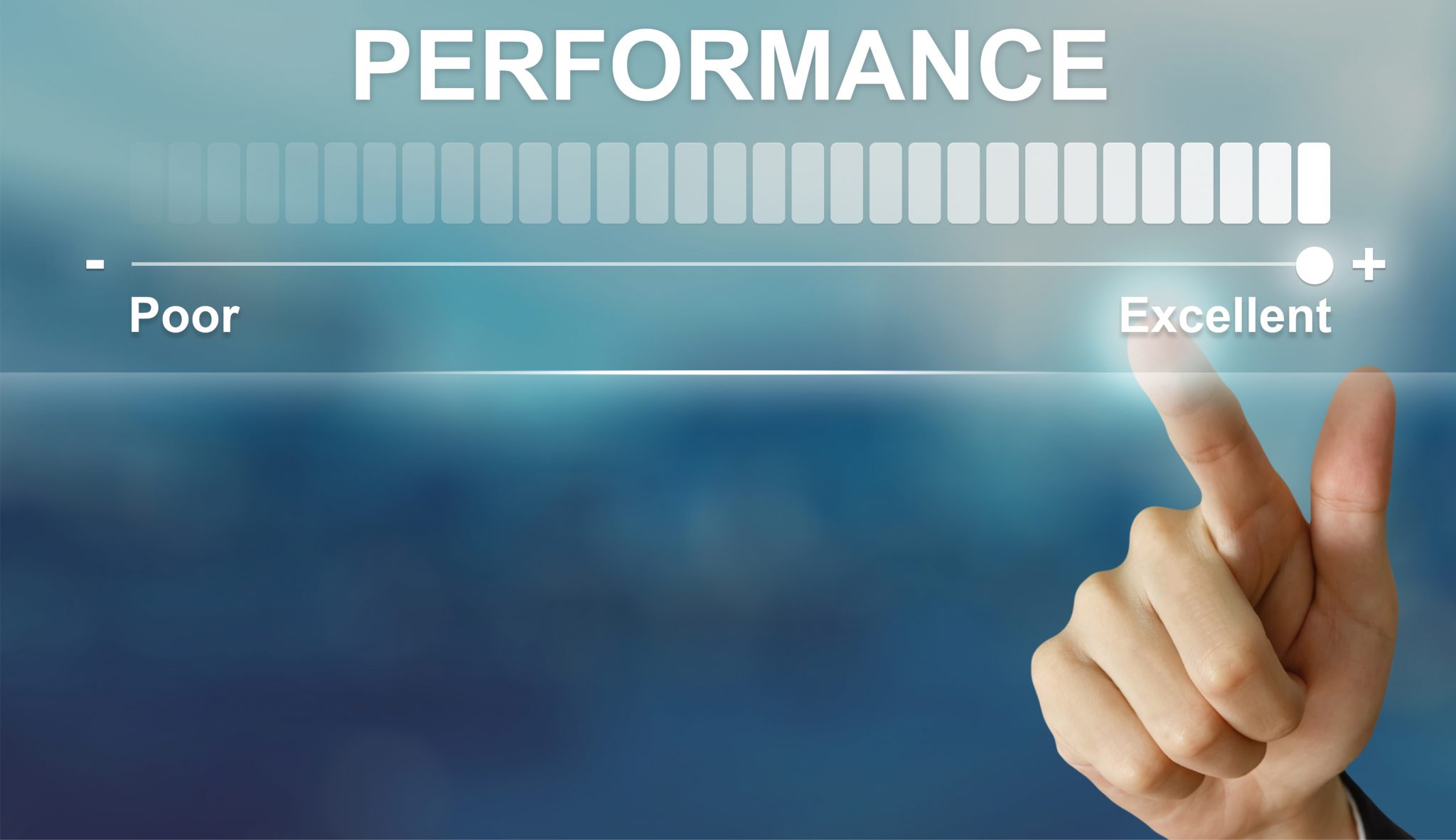If you are facing difficulties with your PC after installing Windows 10 in it. Then read this article and it will help you address the Windows 10 performance issues.
Windows 10 has a history of being stable, but like any other OS, users sometimes have trouble with how their Windows 10 PCs run. Most admins have to deal with Windows 10 performance problems, especially if their PCs are older or less well-equipped.
As we said before, most people who have this problem are using old Windows devices with out-of-date specs. If you want Windows 10 to work well on your computer, the first thing you need to do is make sure your computer meets the minimum or recommended requirements. Today, we’re going to talk about some ways to deal with this problem and optimize your Windows 10 PC.
Top 3 Methods To Address Performance Issues In Windows 10
Your time to suffer is over, now it’s time to run Windows 10 smoothly on your PC and for that, you first need to match the minimum or recommended requirements for it. The requirements are mentioned below so compare your computer’s configuration. Then, we will move on with the other methods to address the performance issues.
Minimum And Recommended Requirments To Run Windows 10
Minimum Requirements
- Display: 800 x 600 Pixels
- GPU: DirectX 9 or later
- Read Only Memory: 20GB for 64-Bit and 16GB for 32-Bit Operating System
- Random Access Memory: 2GB for 64-Bit and 1GB for 32-Bit Operating System
- CPU: 1GHz processor or faster
Recommended Requirements
- Display: 1920 x 1080 Pixels (Full HD)
- GPU: DirectX 9 or later
- Read Only Memory: 20GB for 64-Bit and 16GB for 32-Bit OS
- Random Access Memory: 8GB for 64-Bit and 4GB for 32-Bit
- CPU: 1.8GHz processor or faster
Method1: Slow Booting Speed
This is a real problem for many users, and if it takes 90 seconds or more for a desktop to start up after a restart or cold boot, it’s likely that there’s a big problem with the way it starts up. Adding RAM and a quicker boot drive can make a big difference in this case.
But there are two other likely people who would do something like this. The first is best fixed in the BIOS by turning off devices and interfaces that aren’t being used. Once these devices are turned off, they do not go through the device inventory and enumeration process when the computer starts up.
The Startup tab in Task Manager makes it easy for desktop administrators to check on the second suspect. The best thing to do is to turn off startup items that aren’t being used or that have a big effect on the startup. For example, think about a Lenovo X1 Extreme that starts up with only six items enabled, all of which are apps that are used every day.
Method2: Heavy Apps Using The Resources
Under the Details tab in Task Manager, if you sort by the CPU column, you may see that some Windows processes are using too much CPU. For example, if 55% or more of the OS’s resources are being used, that’s something to look into, and 85% or more usually causes concern.
Disc space doesn’t usually slow down the CPU by 15%. Dealing with processes that use a lot of CPU can be a fun challenge. During repairs, admins usually go through a list of maintenance tasks and common upkeep to rule out simple problems.
Also read: How to Import CSV files into Android Contacts?
Method3: Slow Data Transfer
Network slowdowns could be caused by obvious things like heavy traffic. At the PC level, there isn’t much that can be done to deal with general network saturation. But Windows 10 PCs do sometimes have network delays that have nothing to do with how busy the local wireless or wired networks are.
The first thing to notice when this happens is the network interface driver. Look for both the name and the version number. This information is easy to find in Device Manager. Just expand the Network Adapter driver and then open Properties. Select the Driver tab and from there you can check the driver details as well as you can uninstall, disable, rollback, or update the driver.
If other users are having problems with that version of the driver, desktop administrators will find a lot of online hits that talk about the same problems. Administrators should also find out if a new driver fixes the problem or if rolling back to the previous version and reinstalling it helps or hurts the performance of Windows 10. Most of the time, one of these ideas will work.
Conclusion
We hope the methods mentioned above have helped you in addressing the Windows 10 performance problems. But still, we would recommend you always use a legit and licensed version of Windows. An illegal copy may seem like a good idea, but you’re putting your personal information security at risk, and your operating system may have a lot of problems as a result. If you have any further queries or suggestions, write them in the comments section below.

